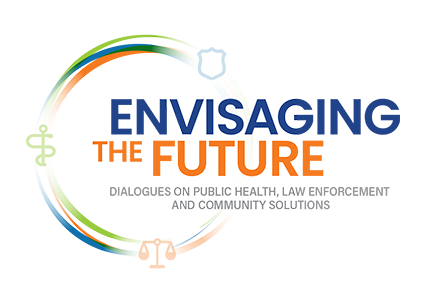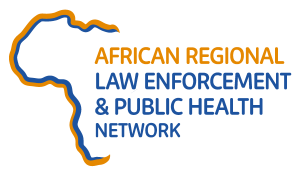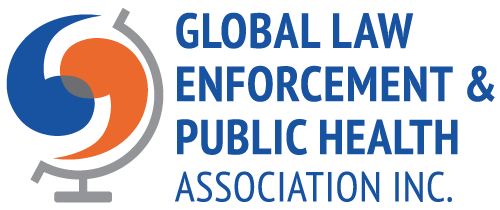
Abstract
From 2017 to early 2020, the US city of Burlington, Vermont led a county-wide effort to reduce opioid overdose deaths by concentrating on the widespread, low-barrier distribution of medications for opioid use disorder. As a small city without a public health staff, the initiative was led out of the police department—with an understanding that it would not be enforcement-oriented—and centered on a local adaptation of CompStat, a management and accountability program developed by the New York City Police Department that has been cited as both yielding improvements in public safety and overemphasizing counterproductive police performance metrics if not carefully directed. The initiative was instrumental to the implementation of several novel interventions: low-threshold buprenorphine prescribing at the city’s syringe service program, induction into buprenorphine-based treatment at the local hospital emergency department, elimination of the regional waiting list for medications for opioid use disorder (MOUD), and the de-facto decriminalization of diverted buprenorphine by the chief of police and county prosecutor. An effort by local legislators resulted in a state law requiring all inmates with opioid use disorder be provided with MOUD as well. By the end of 2018, these interventions were collectively associated with a 50% (17 vs. 34) reduction in the county’s fatal overdose deaths, while deaths increased 20% in the remainder of Vermont. The reduction was sustained through the end of 2019. This article describes the effort undertaken by officials in Burlington to implement these interventions. It provides an example that other municipalities can use to take an evidence-based approach to reducing opioid deaths, provided stakeholders assent to sustained collaboration in the furtherance of a commitment to save lives. In doing so, it highlights that police-led public health interventions are the exception, and addressing the overdose crisis will require reform that shifts away from criminalization as a community’s default framework for substance use.






